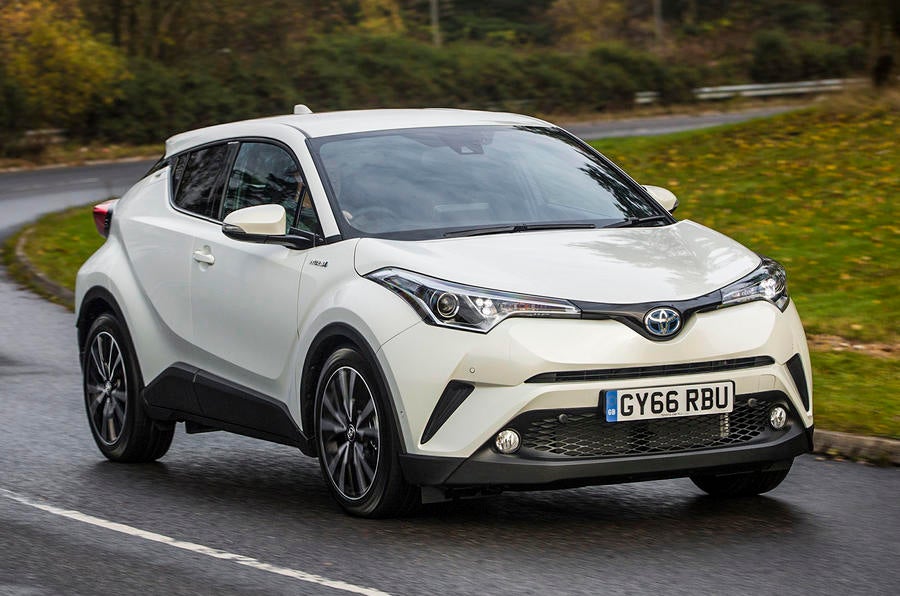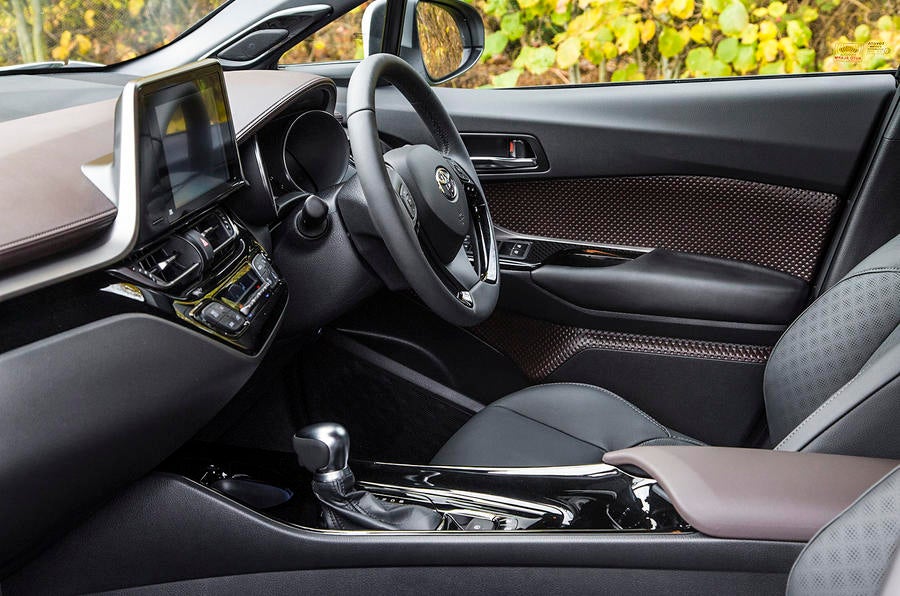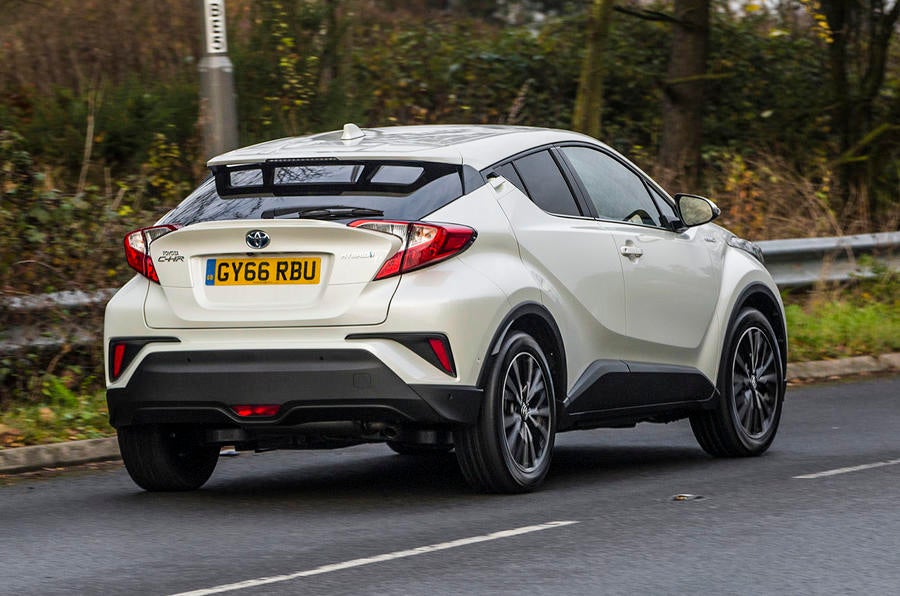Your support helps us to tell the story
From reproductive rights to climate change to Big Tech, The Independent is on the ground when the story is developing. Whether it's investigating the financials of Elon Musk's pro-Trump PAC or producing our latest documentary, 'The A Word', which shines a light on the American women fighting for reproductive rights, we know how important it is to parse out the facts from the messaging.
At such a critical moment in US history, we need reporters on the ground. Your donation allows us to keep sending journalists to speak to both sides of the story.
The Independent is trusted by Americans across the entire political spectrum. And unlike many other quality news outlets, we choose not to lock Americans out of our reporting and analysis with paywalls. We believe quality journalism should be available to everyone, paid for by those who can afford it.
Your support makes all the difference.The Toyota C-HR really is a crossover – a cross between a hatchback, SUV and coupe. It’s a rival to the Nissan Qashqai that, unlike any number of other conventional rivals, aims to use sheer wow factor to stand out.
The clue is in the name. C-HR stands for ‘coupe high-rider’. On paper, it’s up against the Kia Niro, Peugeot 3008 and Seat Ateca, but in practice it trades some passenger headroom and boot space to accommodate its distinctive styling.
This defines the type of customer Toyota is targeting. It’s concentrating a little less on families seeking a more practical alternative to a regular family hatchback, and more on younger buyers who are after something standout. Such people are less likely to be bothered about the hard-to-access rear cabin, because the admiring glances out on the street make up for it.
Yes, a head-turning Toyota. They might be onto something there.
Most buyers are expected to take the 1.8-litre petrol-electric hybrid engine choice. You can have the C-HR with a 1.2-litre turbo petrol, and even choose it with four-wheel drive, but the core model is the front-wheel drive hybrid.
So we were surprised to discover it’s so disappointing. It lacks responsiveness, meaning you must mash the accelerator pedal into the floor, causing the engine to rev raucously. In town, it theoretically offers a degree of electric-only driving, but it’s hard to tap into this without the engine cutting in. Wheezy and inert, the engine is the most disappointing part of the C-HR.
It’s a shame, because it actually handles well. Based on Toyota’s new TNGA platform, the expensive suspension delivers a wieldy feel and good response. The ride is also sophisticated, with a good blend of control and suppleness. Such an able chassis deserves a better powertrain.
Inside, the C-HR feels high-quality and, in contrast to the wacky exterior, is neatly and logically laid out. There are some thoughtful design touches and a clear 7.0-in infotainment screen is a clever centrepiece.

And as it turns out, the futuristic styling doesn’t compromise interior practicality as much as you first fear. Although the rear is hard to get into, and the hidden doorhandles are a pain, there’s enough space there for most normal-sized adults. It’s certainly class-competitive, and the only real limiting factor is headroom. The boot isn’t bad either.
Which makes it such a pity that this distinctive, thoughtfully-designed car with such an arguably over-engineered chassis has such a weak powertrain. The appeal of hybrid sounds good on paper, but isn’t there in practice.
We look forward to trying out the 1.2-litre turbo petrol version to see if it can add an extra star or two to the C-HR’s rating.

Toyota C-HR Hybrid Excel
Price: £26,495
Engine: 4 cyls, 1798cc, petrol, plus electric motor
Power: 120bhp
Torque: 105lb ft
Gearbox: e-CVT
Kerb weight: 1420kg
0-62mph: 11.0sec
Top speed: 106mph
Economy: 72.4mpg (combined)
CO2/tax band: 87g/km, 15%
AUTOCAR

Join our commenting forum
Join thought-provoking conversations, follow other Independent readers and see their replies
Comments